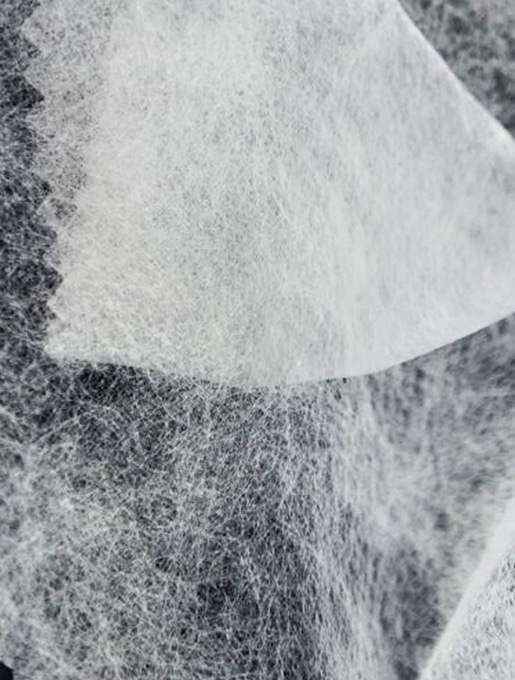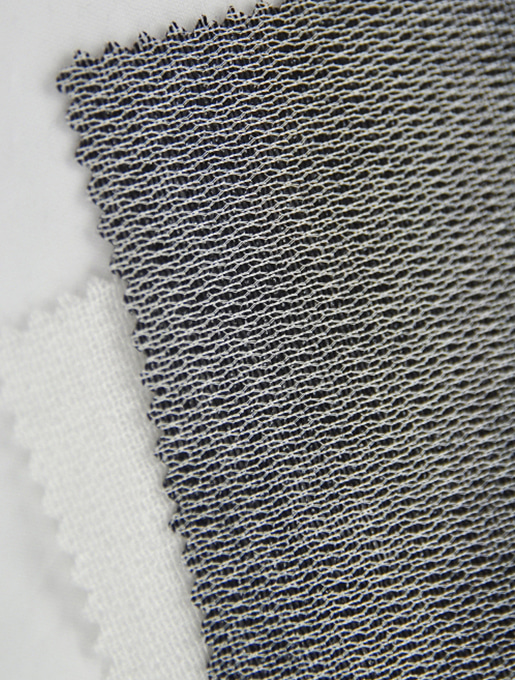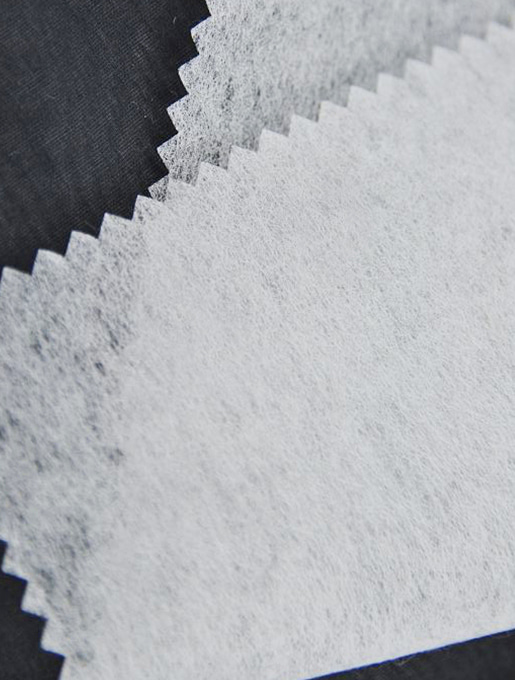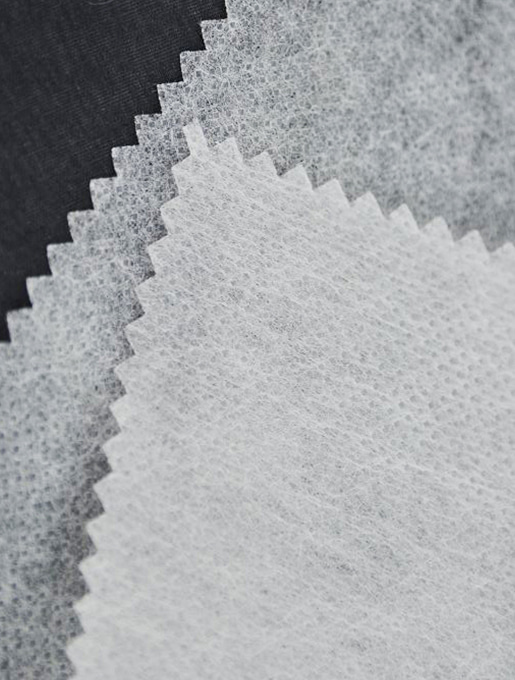Industry Knowledge
How does GRS recycled lining achieve resource conservation during the production process?
The specific ways in which GRS recycled interlining achieves resource conservation during the production process are mainly reflected in the following aspects:
1. Raw material recycling
The main raw materials of GRS recycled interlining come from recycled materials such as waste textiles and industrial waste. These materials that may have originally become garbage or waste are re-converted into textile fibers for the production of interlinings after a series of processing processes such as classification, cleaning, crushing, and melt spinning. This recycling method significantly reduces the dependence on primary resources and achieves resource conservation.
2. Production process optimization
In the production process of GRS recycled interlining, companies usually use advanced production technology and equipment to optimize the production process and reduce resource waste. For example, through precise raw material ratios, efficient energy utilization systems and waste reduction technologies, companies can minimize resource consumption while ensuring product quality.
3. Promotion of environmental protection standards
The GRS global recycling standards have very strict environmental requirements for manufacturing companies, including the recycling ratio of raw materials, environmental protection measures during the production process, and the environmental performance of products. This strict environmental protection standard prompts companies to continuously seek new ways to save resources and protect the environment during the production process, thus promoting the sustainable development of the entire textile industry.
4. Concept of circular economy
The production process of GRS recycled interlining embodies the concept of circular economy, that is, "reduce, reuse, and resource". By recycling waste such as used textiles, companies not only reduce the demand for primary resources, but also reduce the generation and discharge of waste, achieving resource recycling and sustainable economic development.
In the production process, GRS regenerated interlining achieves resource conservation and environmental protection through the recycling of raw materials, optimization of the production process, promotion of environmental standards and the practice of circular economy concepts.
Does the production of GRS recycled interlining reduce the pressure of these wastes on the environment?
The production of GRS recycled interlining has indeed significantly reduced the pressure of waste on the environment, which is mainly reflected in the following aspects:
1. Recycling of raw materials
The main raw materials of GRS recycled interlining come from recycled materials such as waste textiles and industrial waste. These recycled materials may have become an environmental burden, but through the GRS certified production process, they are given value again and transformed into high-quality recycled interlinings. This process reduces the waste generated from the extraction and processing of raw materials, thereby reducing pressure on the environment.
2. Environmental protection measures during production
GRS certification has very strict environmental requirements for manufacturing companies, including the recycling ratio of raw materials, wastewater treatment during the production process, chemical use, and waste reduction and harmless treatment. These requirements prompt enterprises to adopt a series of environmental protection measures in the production process, such as using low-energy consumption and low-emission production equipment, optimizing production processes to reduce the generation of waste water, waste gas and solid waste, and implementing strict waste classification and recycling systems wait. These measures work together to further reduce environmental pollution caused by waste during the production process.
3. Promotion of circular economy model
The production process of GRS recycled interlining embodies the concept of circular economy, that is, "reduce, reuse, and resource". By recycling waste such as used textiles, companies not only achieve resource conservation and recycling, but also reduce waste generation and emissions. This circular economy model helps break the traditional linear economic model of "resources-products-waste" and build a closed-loop economic model of "resources-products-renewable resources", thereby reducing the pressure on the environment.
The production of GRS recycled interlinings significantly reduces the pressure of waste on the environment through the recycling of raw materials, environmental protection measures during the production process and the promotion of a circular economy model. This not only helps protect the ecological environment, but also promotes the sustainable development of the textile industry.

 English
English Español
Español Türk
Türk 简体中文
简体中文



























